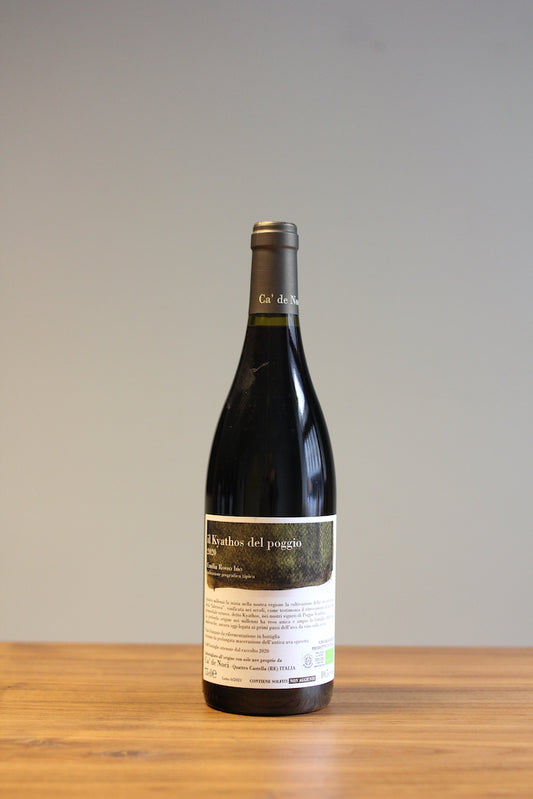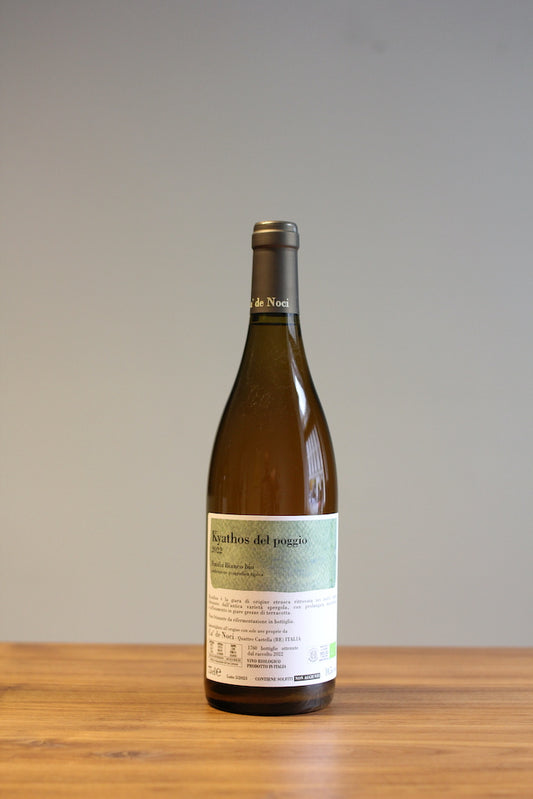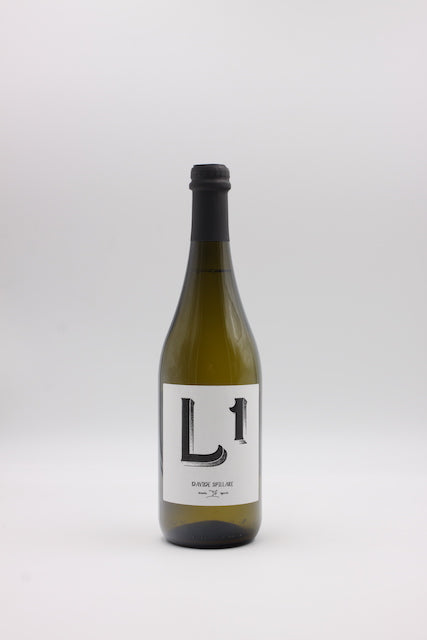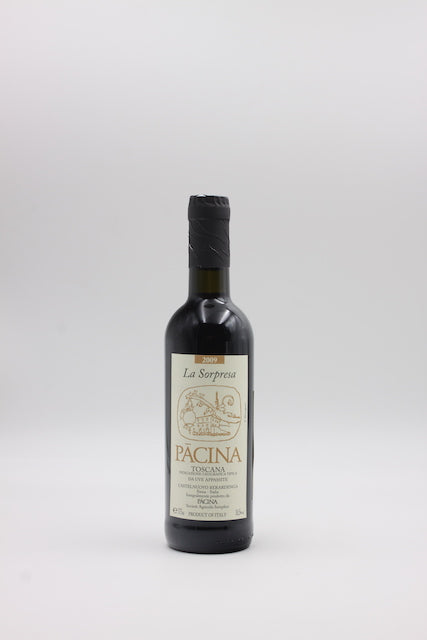Free shipping within Austria from € 99
Free shipping to Germany from € 120
Shipping costs within the EU
Payment methods
Collection: Products
-
Guarini Coccinella 2021
Vendor:Aldo ViolaRegular price €19,90 EURRegular priceUnit price / per -
 Sold out
Sold outHomok 2023
Vendor:KoppischRegular price €15,50 EURRegular priceUnit price / per -
Igiea 2005
Vendor:Tenuta GrilloRegular price €31,90 EURRegular priceUnit price / per -
Il Giallo di Costa 2021
Vendor:Daniele RicciRegular price €26,90 EURRegular priceUnit price / per -
Jakot 2019
Vendor:KlinecRegular price €39,90 EURRegular priceUnit price / per -
Krimiso 2019
Vendor:Aldo ViolaRegular price €28,90 EURRegular priceUnit price / per -
Kyathos del Poggio 2019
Vendor:Ca' de NociRegular price €21,90 EURRegular priceUnit price / per -
Kyathos del Poggio Bianco 2022
Vendor:Ca' de NociRegular price €29,90 EURRegular priceUnit price / per -
L'Animo 2023
Vendor:Tenuta SaianoRegular price €20,90 EURRegular priceUnit price / per -
La Perucca 2019
Vendor:Eugenio BocchinoRegular price €46,90 EURRegular priceUnit price / per -
La Sorpresa 2009
Vendor:PacinaRegular price €46,90 EURRegular priceUnit price / per -
 Sold out
Sold outLa Ví y Soñé 2020
Vendor:Barranco OscuroRegular price €21,90 EURRegular priceUnit price / per -
Langhe Bianco Tom 2024
Vendor:Eugenio BocchinoRegular price €21,90 EURRegular priceUnit price / per -
Langhe Freisa Tom 2024
Vendor:Eugenio BocchinoRegular price €21,90 EURRegular priceUnit price / per -
Lassuperiora 2020
Vendor:Villa CalicantusRegular price €24,90 EURRegular priceUnit price / per















